Planetary Classification List
The aim of the WorldGen system is to generate random worlds which are diverse, interesting and also vaguely sensible. To aid in this, a broad range of planet types have been defined.
Worlds are classified according to a number of factors, which include physical construction (rock, ice, gas) and size, geological activity, atmosphere and biosphere. The classification scheme is hierarchical, with similar types of worlds grouped into the same branches of the tree.
At the highest level are eight Groups, each of which is split into Classes. In turn, each class is split into Types which represent specific types of worlds. Some types are further split into sub-types, which are normally representative of a particular type of world's stage in its evolution.
Not all entries in the list are planets in the usual definition of the term. It includes asteroids, belts, rings and planetary scale artificial constructs such as ring worlds.
Planetary Classification Groups
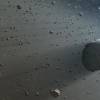 Belt Group
Belt Group
A collection of a large number of Small Bodies. This is a meta classification to denote a belt or ring around a star or planet.
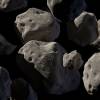 Small Body Group
Small Body Group
Includes small planetoids such as asteroids or coments, generally not more than 10s of kilometres in diameter.
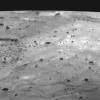 Dwarf Terrestrial Group
Dwarf Terrestrial Group
Small rocky dwarf planets with a mass up to 0.15 of that of Earth. They are generally spherical and may have a trace atmosphere.
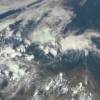 Terrestrial Group
Terrestrial Group
Rocky worlds generally from 0.02 to 5.0 Earth masses. They may have geological activity (or had it in the past) and may have a substantial atmosphere.
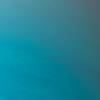 Helian Group
Helian Group
These are rocky worlds from 3 to 17 Earth masses, also known as super-Earths. They may have dense atmospheres or thick planet-wide liquid oceans, and bridge the divide between rocky and gas worlds.
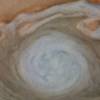 Jovian Group
Jovian Group
Range in mass from 10 to 4,000 times the mass of the Earth, up to 13 times the mass of Jupiter. They have rocky or icy cores, and a thick atmosphere generally of hydrogen or helium.
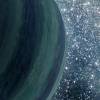 Planemo Group
Planemo Group
Planetary mass objects which are not bound to a star. Also known as rogue planets. They have have formed by themselves out in the depths of space, or have been ejected from an existing system.
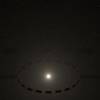 Construct Group
Construct Group
Artificially constructed objects of planetary scale or larger, from orbitals thousands of kilometres across to Dyson Swarms or Matrioshka Brains.
References
This list is based on work done by John Dollan, and his far more complete version is at the ArcBuilder Site. The original list, plus later versions, seem to have vanished from the web. There seems to be a partial copy available at https://archive.is/Okmio.
There is also a version adapted for the Eclipse Phase RPG available as PDF by James Mephit.
This version is based on a combination of these resources, plus some further modifications.
